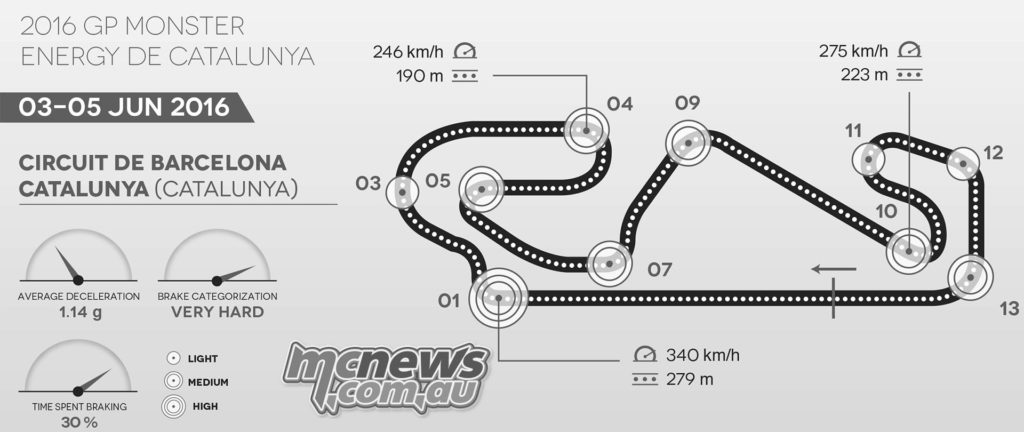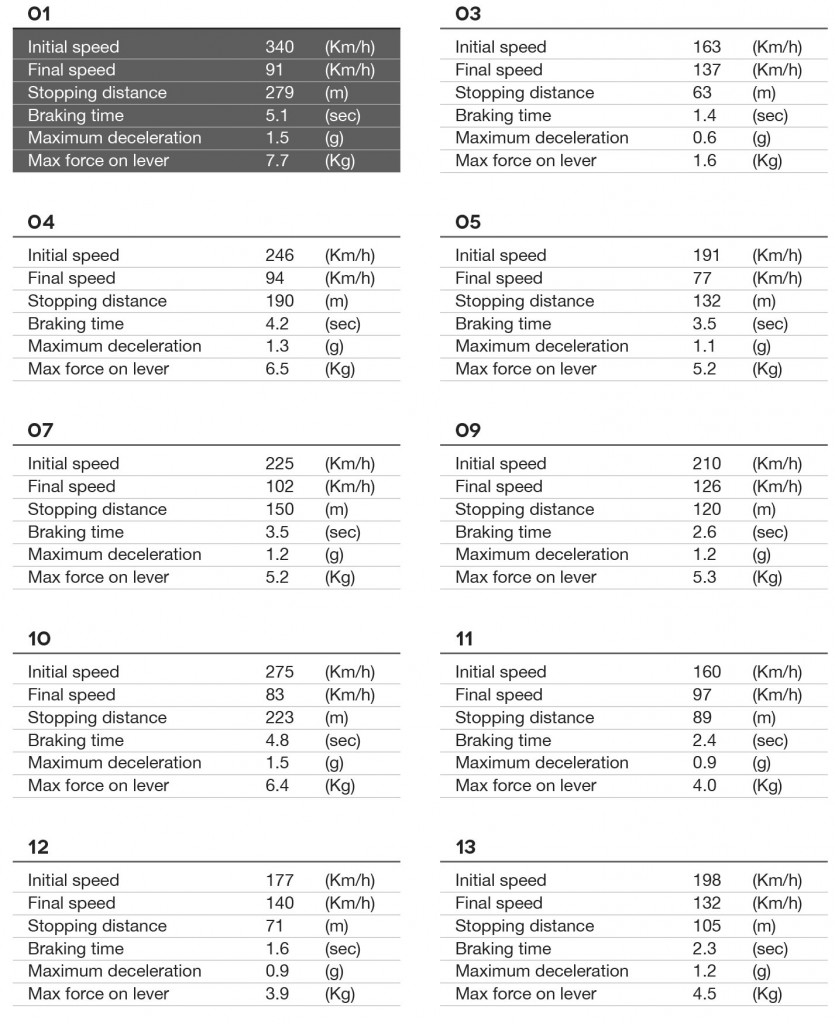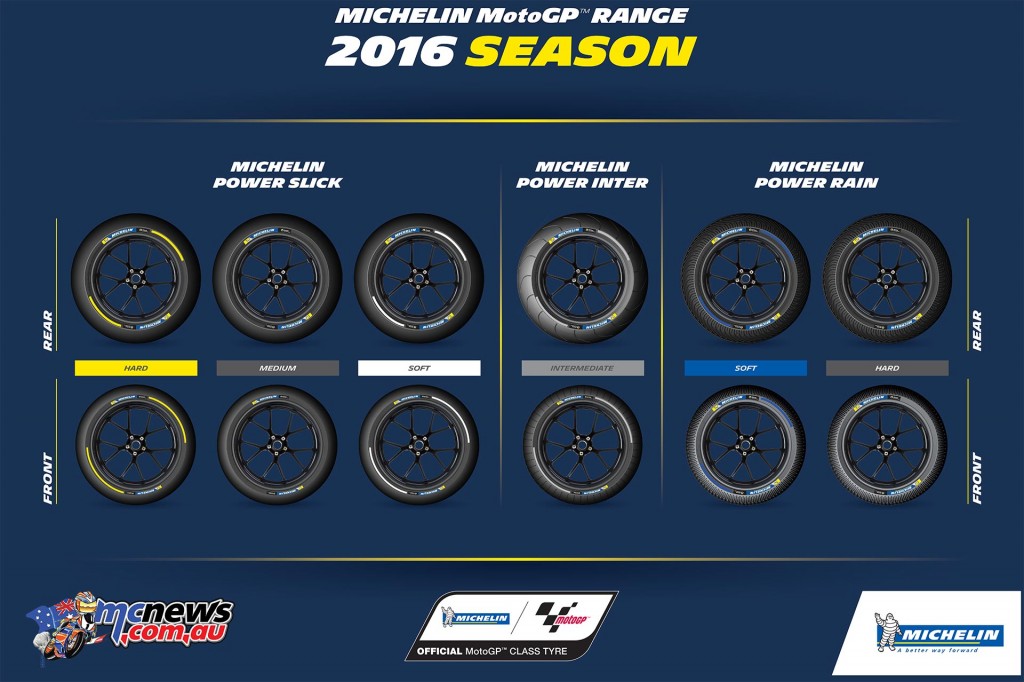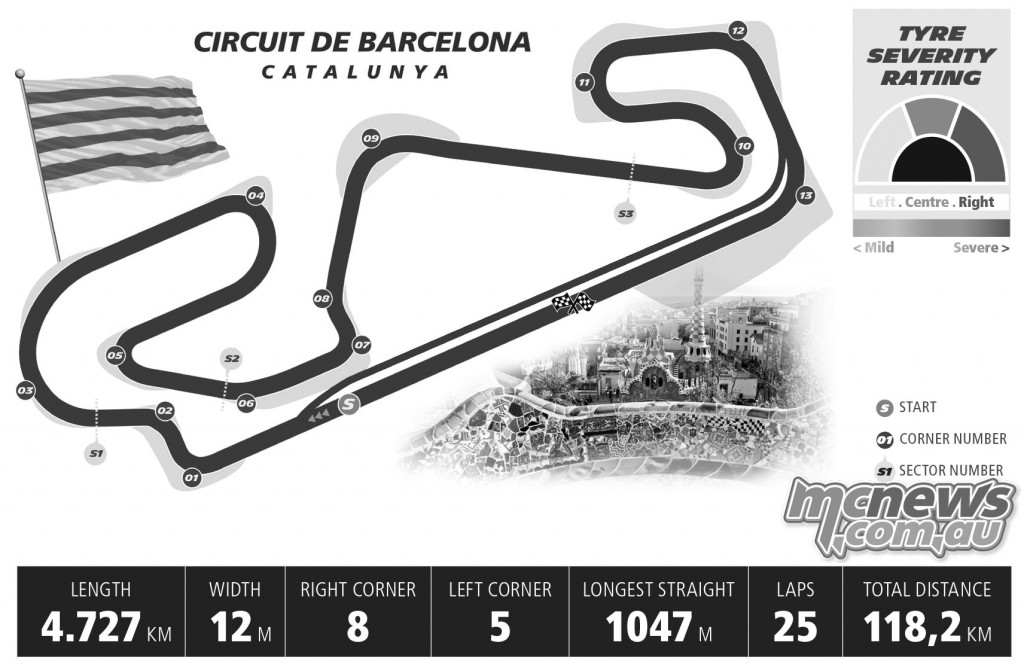Catalunya MotoGP | Tyre and Braking Challenges
The GP of Catalunya according to Brembo
The 1,047 metre straight at Catalunya is likely to see the fastest bikes reach 350 km/h on this track for the first time.
The pads used in the Brembo braking systems on the MotoGP machines get to a maximum of 400° C. Combined with the temperature of the asphalt, which reached 49-degrees in last year’s race, cooling the brakes on this track is more difficult than average.
According to Brembo technicians, the Circuit de Barcelona-Catalunya falls into the category of tracks that is hardest on the brakes.
On a scale of 1 to 5, it earned a 5 on the difficulty index, a figure that none of the 6 tracks used thus far in the 2016 season have ever come close to. The same score however was given to the Motegi and Sepang circuits, where GP races will be held in the autumn.
The Circuit de Barcelona-Catalunya is a highly technical track with abrupt stopping that demands a great deal from the brakes: in 5 of the curves, the riders reduce their speeds to under 100 km/h.
The 10 braking sections lead to the riders spending about 13 minutes total in braking during the entire race. The average deceleration in the GP is equivalent to 1.14 g, which is much lower than what the F1 cars experience on the same circuit (the only difference is the presence of one more curve in the final stretch).
Of the 10 braking sections in the Circuit de Barcelona-Catalunya, only 1 is classified as very difficult on the brakes, but 7 are of medium-difficulty and 2 are light.
The braking section at the Elf curve (turn 1) is considered one of the most difficult in the world because it is preceded by a straightaway that is more than one kilometre long. The bikes arrive at more than 340 km/h and the riders brake for 5.1 seconds applying a 7.7 kg load on the lever and 13.3 bar of pressure to take the curve at 91 km/h.
The most challenging of the mid-level difficulty curves is the Caixa (turn 10) because deceleration reaches almost 200 km/h in just 223 metres and 4.8 seconds.
In taking curve number 3, on the other hand, the riders get help from the brakes for only 1.4 seconds, the time required to go from 163 to 137 km/h.


All of the 20 editions of the Catalunya GP were won by bikes with Brembo brakes: Honda won 9 times, Yamaha 8, Ducati 2 and Suzuki 1. Valentino Rossi was victorious 6 times in 500-MotoGP, however he has not won there since 2009. Jorge Lorenzo has won 3 of the last 4 editions.
Michelin MotoGP Tyre Challenges at Catalunya
Michelin will be making one of its shortest journeys on the MotoGP calendar as it heads across the Spanish border and towards Barcelona for the Catalunya Grand Prix to be held at the Montmélo circuit.
The Circuit de Catalunya is located 20km north of Barcelona, near the town of Granollers and is a venue that features a mixture of a kilometre-long straight, fast turns, elevation changes, hard braking zones and a huge grandstand that will be filled to capacity on race-day.
The 4,727m circuit has a fast and challenging layout, including many long, high-speed turns that see the riders on the edge of the tyre for extended periods of time.
With eight right-hand corners – most of these the fast turns – and five left-hand bends, Michelin will take asymmetrical rear tyres, featuring a harder right shoulder, designed to work with the high temperatures that the sweeping curves will generate.
The Michelin Power Slicks will also need to cope with lower grip levels at Montmélo than are experienced elsewhere and compounds specially developed to cope with this will be used during the weekend. For this race the soft (white band), medium (no band) and hard (yellow band) front slick will be available, and these can be paired with the soft (white band), medium (no band) or hard (yellow) rear tyres, giving all riders the option of three front and three rear compounds. The Michelin Power Rain and Power Inters will also be available to cope with any changeable or wet conditions.

Piero Taramasso – Manager of Michelin Two-Wheel Motorsport Group
“Montmélo is a magnificent circuit and one that has seen some great battles in the past. With its fast corners featuring several sequences of turns, a long straight and heavy braking zones it is certainly a track that will test the tyres to the full. Grip can also be compromised as the heat increases so this is something we need to take into account, along with some of the bumpy sections where the bike settings will need to be dialled in perfectly to get the best performance. We had a good result at Mugello and the tyres performed very well, with this in mind – and the conditions expected in Barcelona – our tyre allocation will be very similar to the one we used in Italy. We have some different compounds to use this weekend, which are more suited to the Catalonian circuit and as always we will be monitoring our rubber very closely to make sure the riders have the optimum performance. All of these combinations will make for a very interesting race and when you add in a number of Catalonian and Spanish riders that class this as their ‘home’ Grand Prix, it will certainly make for an exciting and entertaining event. It is also very close to France so we will expect many French supporters there and adding to the passion that is always on display at Montmélo.”
























